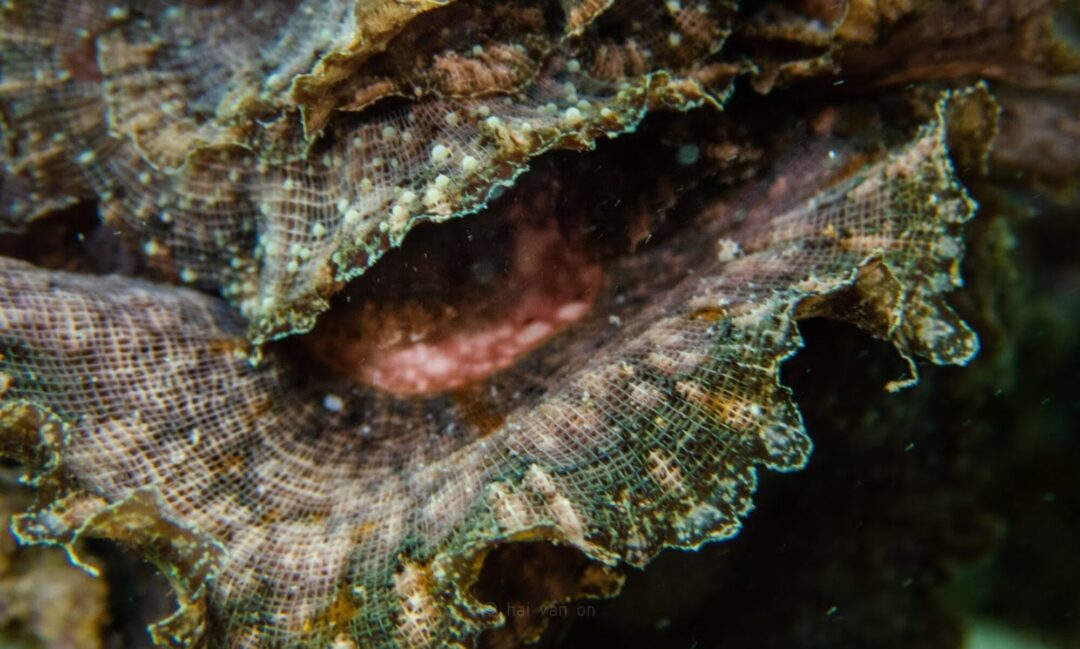I saw four Hawksbill sea turtles today in the harbor. One, HI-044, “boy,” has been a resident since 2020.





wildlife inventory and issues affecting kawaihae coral reef
I saw four Hawksbill sea turtles today in the harbor. One, HI-044, “boy,” has been a resident since 2020.






These images confirmed that this hawksbill dislodged a barnacle on its head. A mature barnacle was seen on its head a month earlier. The second image shows its head without the barnacle. One can also see the “footprint” of where the barnacle was.… Read more “Hawksbill can dislodge a barnacle”

This is a work in progress for warning signs targeting foil borders to remind them to take caution when traversing manta rays’ feeding areas along the Kawaihae break wall during surf seasons. Foils on board extend to three feet below the surface when in operation. Manta rays often feed just below the surface here.… Read more “warning signage for manta rays feeding area”